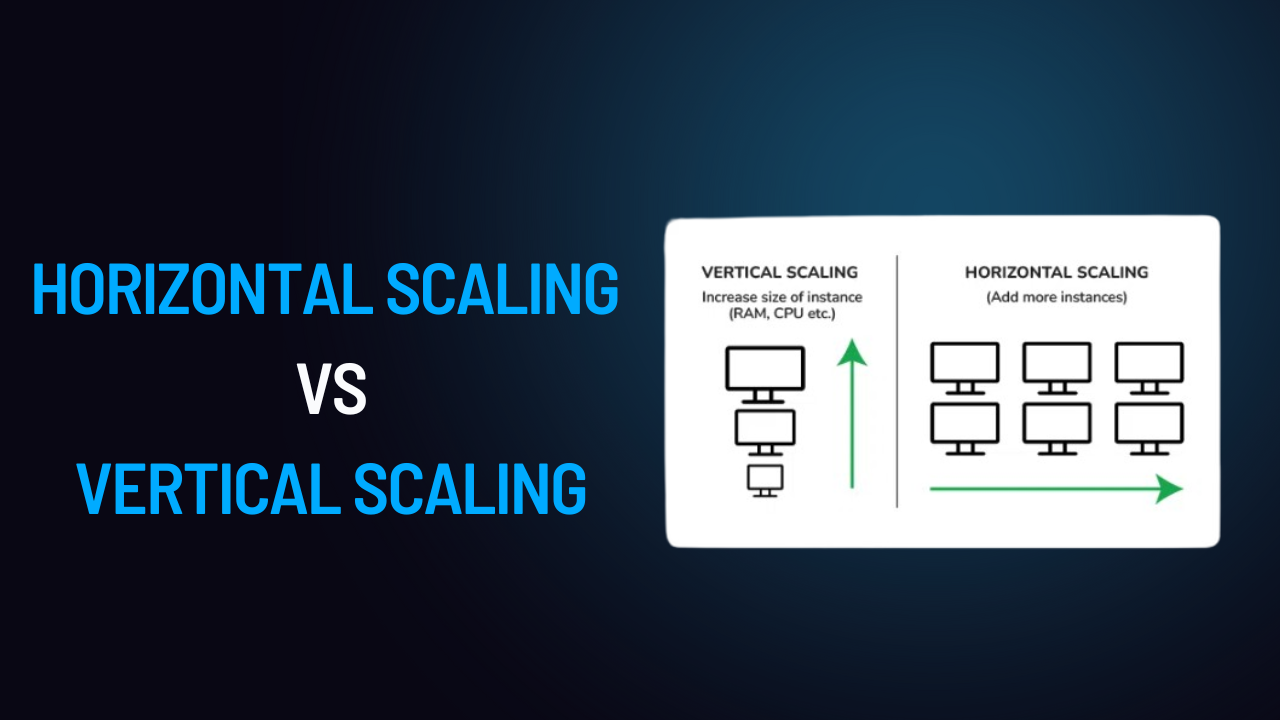The Basics of Horizontal and Vertical Scaling
 KIRTI KAMAL
KIRTI KAMALTable of contents

Let's talk about two fundamental scaling strategies in system design: Horizontal Scaling and Vertical Scaling!
Horizontal Scaling
Horizontal Scaling involves adding more machines or nodes to your system to handle increased load. This approach distributes the workload across multiple machines, enhancing scalability and fault tolerance.
Example: Think of a popular social media platform like Instagram. As the user base grows, Instagram can horizontally scale by adding more servers to handle the increasing number of users and their interactions. Each server can handle a portion of the user requests, ensuring smooth performance even during peak usage times.
Vertical Scaling
Vertical Scaling, on the other hand, involves upgrading the existing hardware resources of a single machine to handle increased load. This approach typically involves increasing CPU, memory, or storage capacity of the server.
Example: Consider a database server powering an e-commerce website. As the amount of data stored in the database grows, the server may experience performance bottlenecks. To address this, the company can vertically scale by upgrading the server's CPU or adding more RAM to accommodate the growing data volume.
Understanding these scaling strategies is crucial for designing resilient and scalable systems that can accommodate growing demands and ensure optimal performance.
Subscribe to my newsletter
Read articles from KIRTI KAMAL directly inside your inbox. Subscribe to the newsletter, and don't miss out.
Written by

KIRTI KAMAL
KIRTI KAMAL
Kirti Kamal is a tech enthusiast and visionary community leader who is pursuing a Bachelor of Technology in Computer Science and Engineering at Trident Academy of Technology. As a Beta Microsoft Learn Student Ambassador, Kirti helps fellow students learn new technologies and develop their career skills for the future. Kirti also leads the Trident ACM Student Chapter and the Trident Hackathon Club, organizing engaging workshops, events, and hackathons for the tech community. With a strong dedication to open-source, Kirti has established an inclusive platform to guide newcomers through their tech journey. Kirti has also acquired multiple certifications and skills in DevOps, Networking, Linux, Docker, and Frontend Development, demonstrating technical expertise and a passion for continuous learning. Kirti strives to inspire others to explore, innovate, and excel in the ever-evolving realm of technology, by blending leadership skills, collaboration, and creativity.